The new Bose L1 Pro16 Review, has Bose hit the all important sweet spot between power and portability?
Back in 2003, Bose introduced the original L1 system to the world. A completely new concept, designed around being portable as well as powerful the L1 was renowned for being able to adapt to the needs of many musicians. Being modular, light and scalable to suit various sized crowds, line array speakers quickly became the speaker of choice for many mobile and event DJ’s. Although Bose created a revolution with the first L1 system back in 2003, the range hasn’t received an update since 2012. With increased competition bringing new technology and set up improvements, Bose has decided to completely rebuild the L1 system from the ground up. With innovative new features and improved specs, is the new L1 range back on top? We take a look at the middle of the range L1 Pro16 model to find out, a system that aims to be the sweet spot for DJ’s.
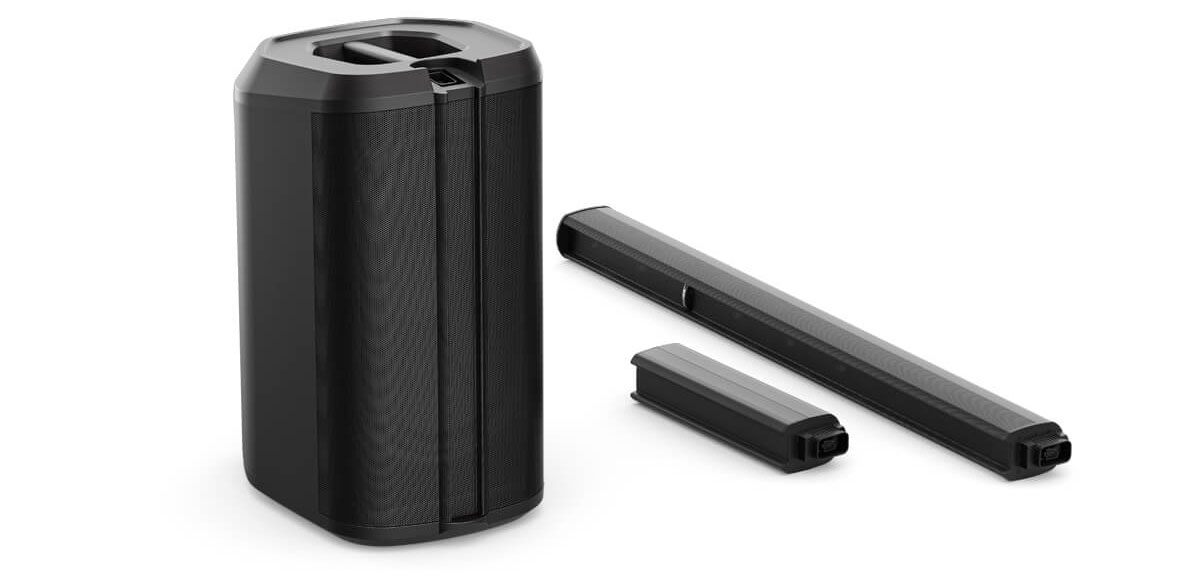
What’s New?
New Racetrack Subwoofer Design
The new L1 systems feature an oval “RaceTrack” subwoofer design. The 10×18″inch speaker design allows a cone that’s just 10″ wide to feature performance comparable to a 15″ subwoofer. Using an oval design has allowed Bose to package a larger surface area on the speakers cone into a more compact enclosure.
The narrow speaker cone allows Bose to build a base unit that is not only smaller but one that features an improved centre of gravity. This improved centre of gravity allows the Subwoofer to be carried closer to the body, which not only helps with transportation but reduces strain. The narrow design saves vital space when loading the system into a car boot, fantastic for DJ’s on the road.
Integrated Three Channel Mixer
The new three channel mixer is shared across the whole of the L1 range. The mixer features three rotary encodes which allow the user to change the volume, treble and bass of each channel with channels one and two also featuring reverb control. Both channels one and two feature a combo XLR/TRS port and phantom power can be applied to both channels.
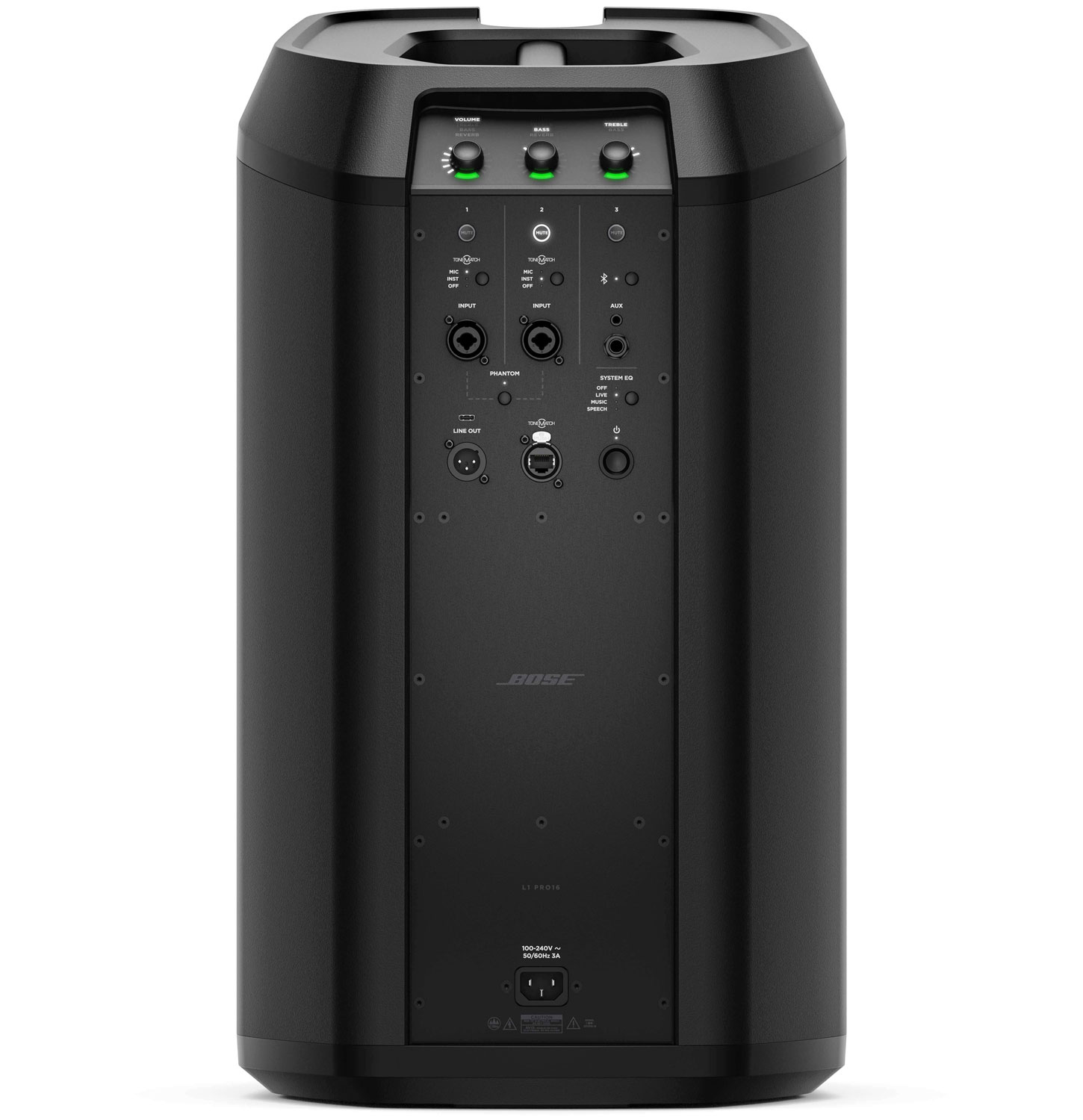
Channel three features a 1/8th inch auxiliary input plus the larger 1/4inch jack input. On top of analogue connections, channel three also features bluetooth streaming with AAC encoding. These sources accept stereo inputs, however they sum automatically sum to mono to be played from the individual speaker. The L1 does feature a line out XLR connection for linking speakers together, although this approach would result in the loss of Stereo playback.
Tone Match
Tone Match is a library of preset EQ’s developed by Bose for use with specific instruments, microphones and scenarios. Applied before the user and system EQ, these presets drastically change the sound of a channel when applied. The L1 mixer includes a dedicated Ton Match port for connecting external mixing desks such as the T8S and T4S. These aren’t required however to enable Tone Match as the whole catalogue of Tone Match presets are accessible via the Bose L1 Mix application.
We trialed the Tone Match function with varying degrees of success. When used with our Sure SM58 microphone, the results sounded great with a nice warmth added to the vocals. When used with the DJ presets however we found the speakers clarity and balance was somewhat lost. The Bass, although deep and strong became muddy and the treble sadly became very piercing. No doubt this sound very much like a DJ’s typical PA system but it sadly destroyed what makes this speaker so great. The crushed mids are lost somewhat in the preset and we found ourselves preferring using the system without the preset enabled.
No doubt Tone Match is a great system that is unique to the Bose L1 family of speakers. It enable the L1 to be used in a wide variety of scenarios and sound as if it had been built for that purpose. Our advice would be to check the sound of the speakers with Tone Match enabled and with it disabled, to ensure you’re getting the best possible performance. Don’t enable it by default and assume that’s the best the speakers will sound.
The L1 Mix Application
Mirroring the integrated three channel mixer on screen, the L1 mix application allows the user to tune the mixer wirelessly using low powered bluetooth. Available on iPhone, iPad and Android devices, this sleek application is extremely responsive and displays/changes parameters on the mixer in real time. Ideal for tuning the speakers from the dance floor or mixing a band from afar, the mixer allows allows access to the entire Tone Match library of presets.
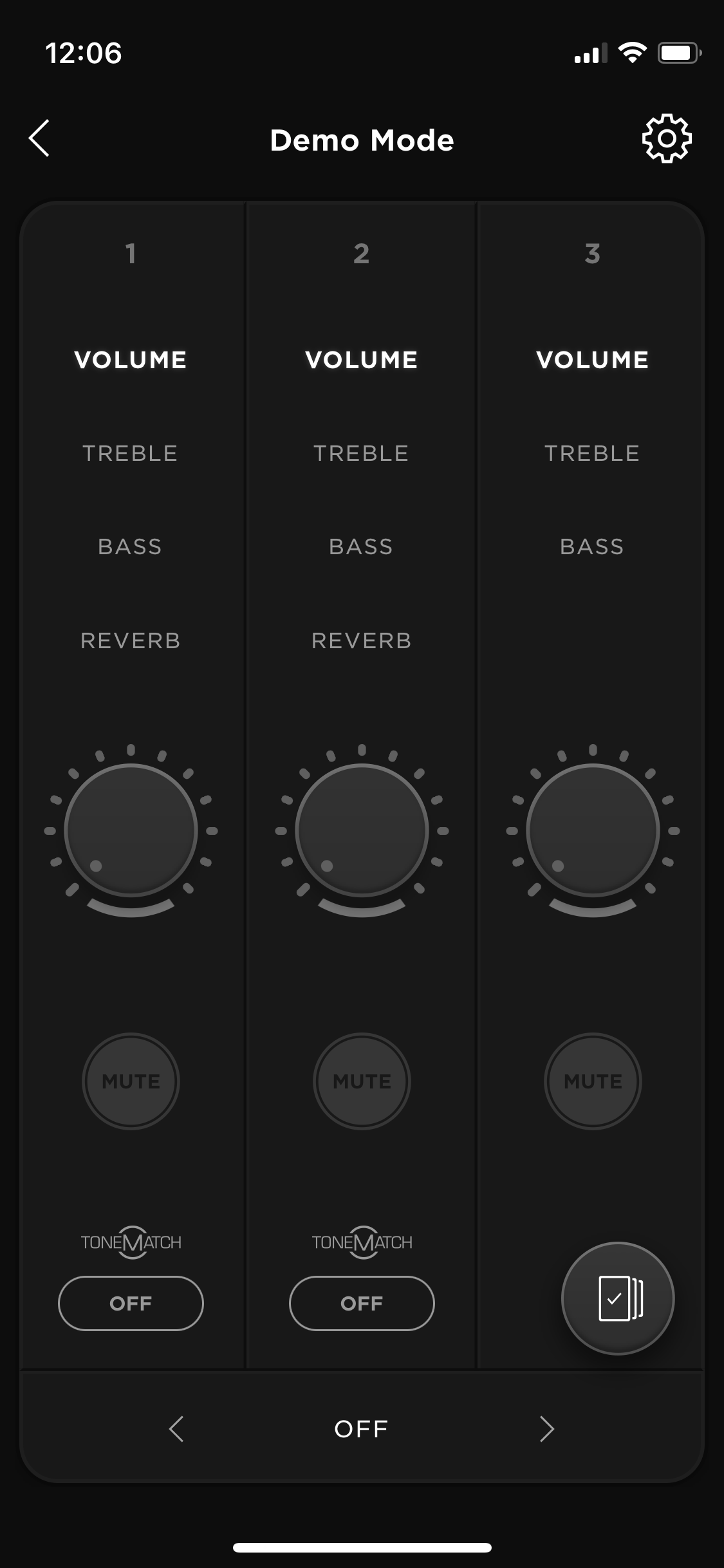
The application is fantastic for remote control of the system, however there is one drawback. Sadly at the moment, the application is only capable of controlling one system at once. The ability to control multiple L1 systems in a group scene to say lower the volume of the room at once would be greatly appreciated. We hope Bose can add this functionality to the application at some point in the future.
Sound Performance
The new Bose L1 is a remarkable package that remains easy to transport and set up despite its power. The L1 exceeds at remaining incredibly balanced with instrument separation at both low and high volume. The race track subwoofer drops down to 42Hz and although not the punchiest sub we have ever heard, remains deep and precise throughout.
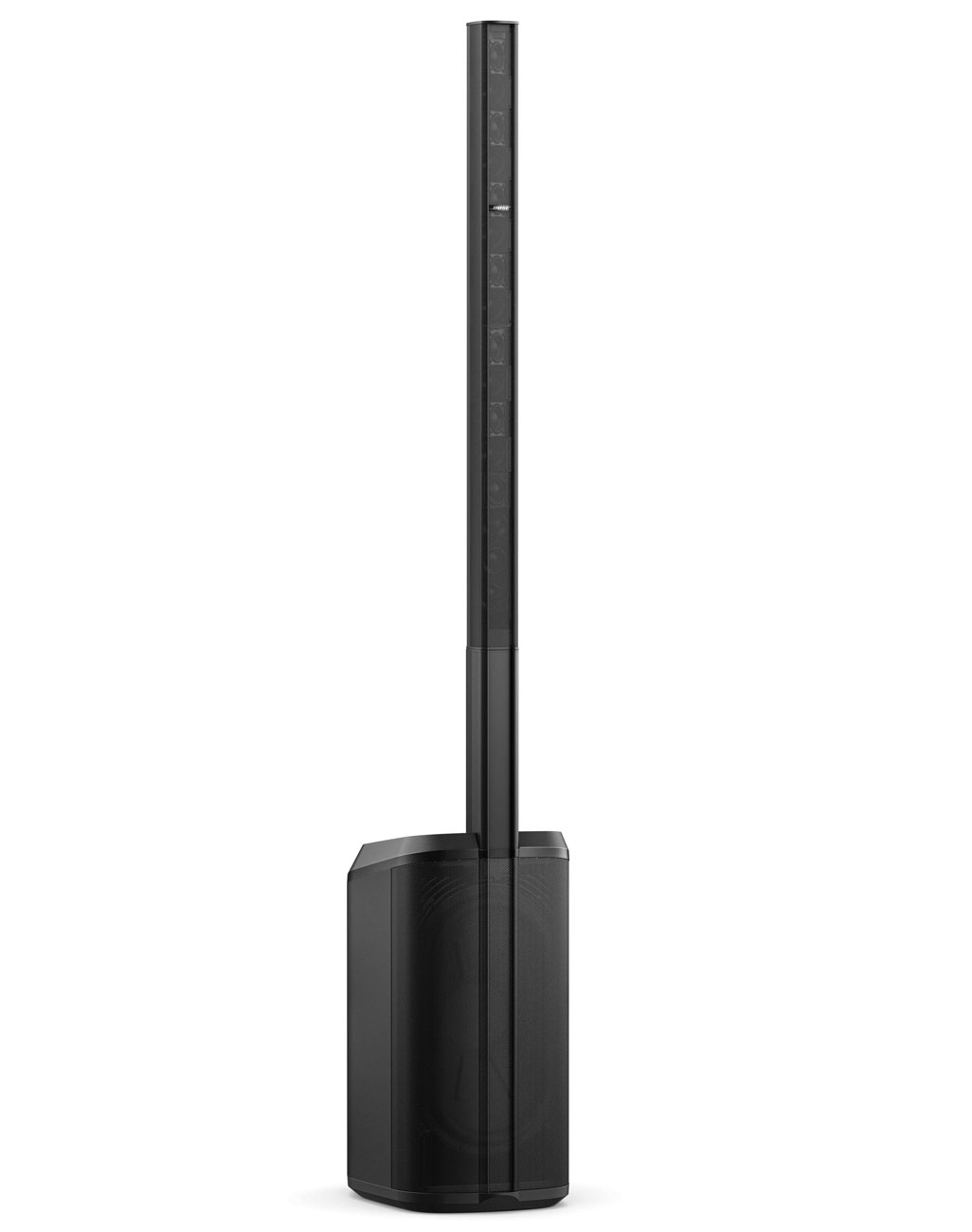
Standing seven foot tall, the Bose L1 Pro16 is able to throw sound over the audience, easily reaching the back of small to medium sized venues. The 180 degree horizontal coverage is outstanding and ensures a uniformed listening experience for everyone in the room, ideal for using the L1 in lower volume situations.
Bose L1 Pro16 Portable Line Array Technical Specs
- Loudspeaker Type: 16 x Articulated cricket drivers, with integrated 10″ x 18″ neodymium racetrack transducer
- Max SPL: 118 dB (cont.) / 124 dB (peak)
- Low-Frequency: 42 Hz
- Coverage: 180 degree H x 0 / -30 degree V
- Vertical Beam Type: J-Shape
- Amplifier Design: Class D, 250 Watt mid-high array + 1000 Watt Sub
- Onboard Mixer: 3-Channel
Conclusion
The new Bose L1 range was designed to take Bose back the top of a category they in fact created. The Pro16 model sits in the middle of the range and is dubbed, “The Sweet Spot” in the range. We would have to agree that Bose has created a system that not only excels in portability but also performance as well. It’s clear that Bose has not only taken their rivals systems into consideration when designing the L1 but also the needs of the user and audience. The oval RaceTrack subwoofer is a fantastic example of this, making the L1 easier to transport whilst not harming the audiences listening experience.
The Pro 16 isn’t a cheap speaker at $1799, however it’s not extortionate and most clients will appreciate the DJ using Bose speakers. There’s a lot to be said for using a PA that not only looks modern, sounds great and comes with a brand name the general public know and respect. The mobile event market is no doubt going to be very lucrative in the coming years with almost all weddings and celebrations cancelled in 2020 due to the pandemic. The Bose L1 Pro16 has been released at the perfect time for those looking to get started in the mobile DJ market.
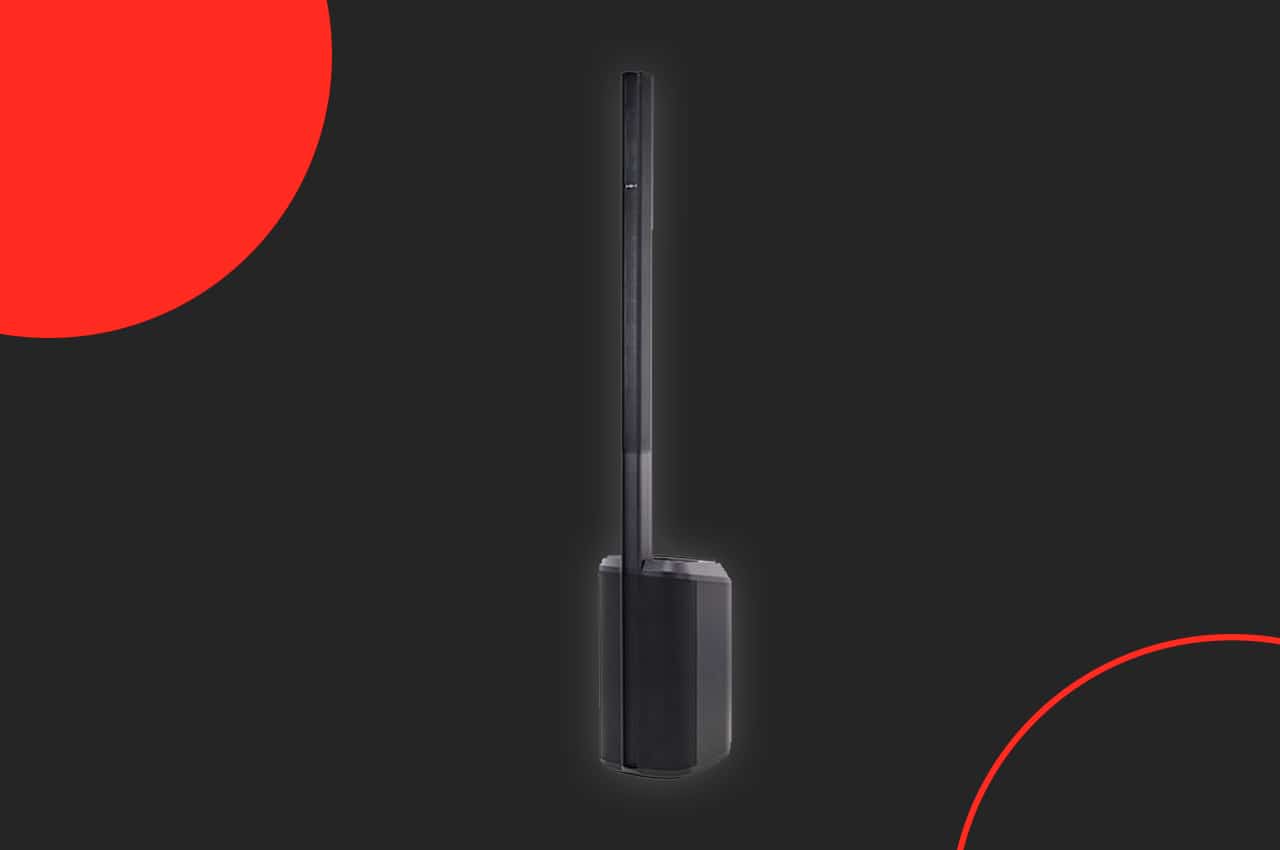
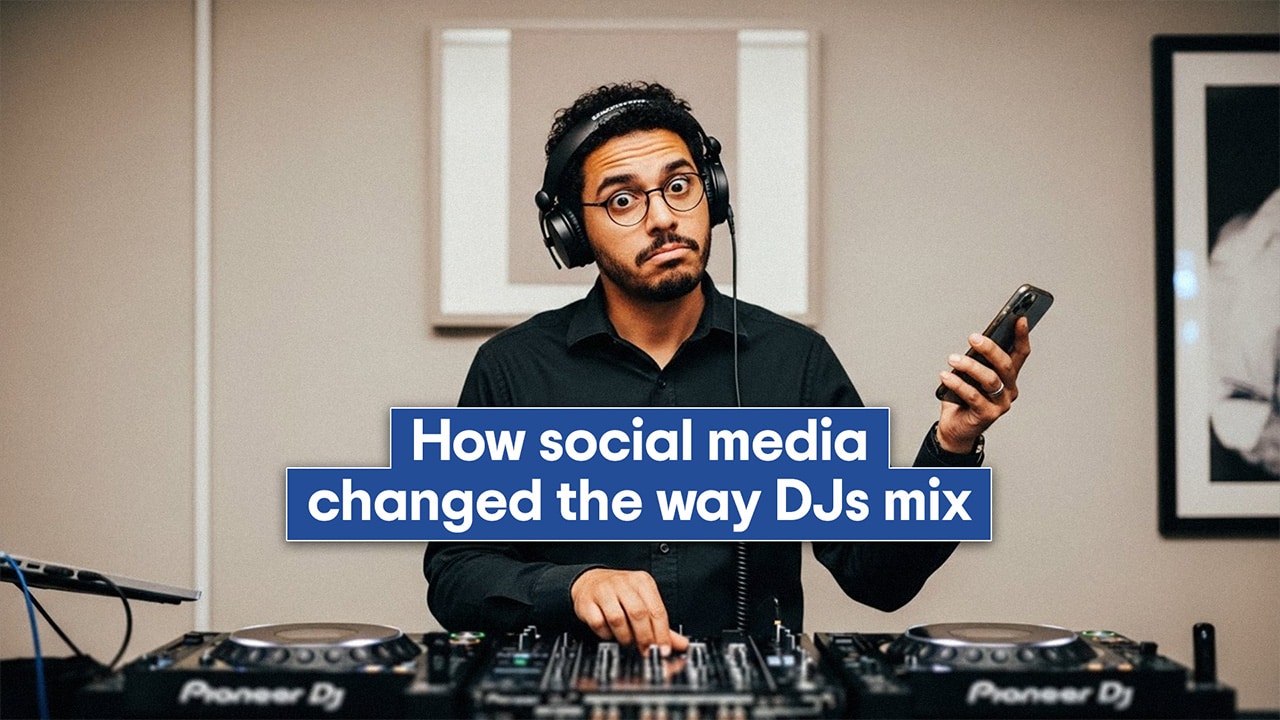
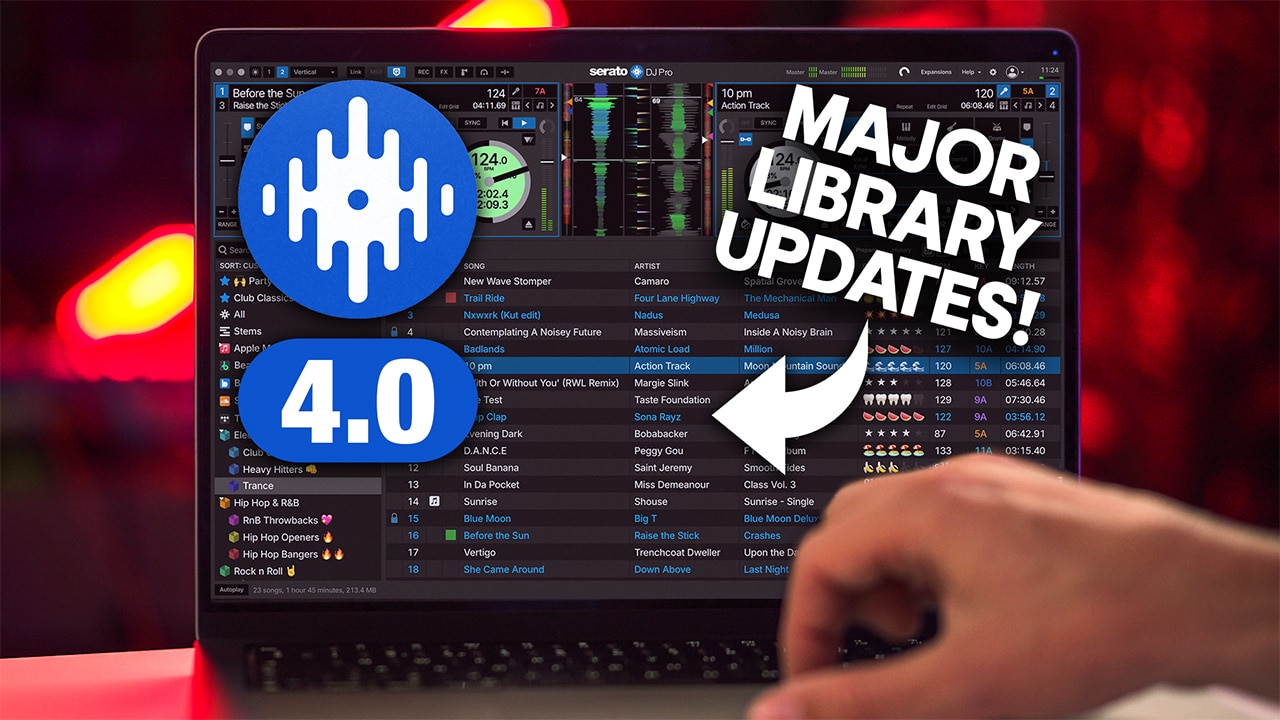
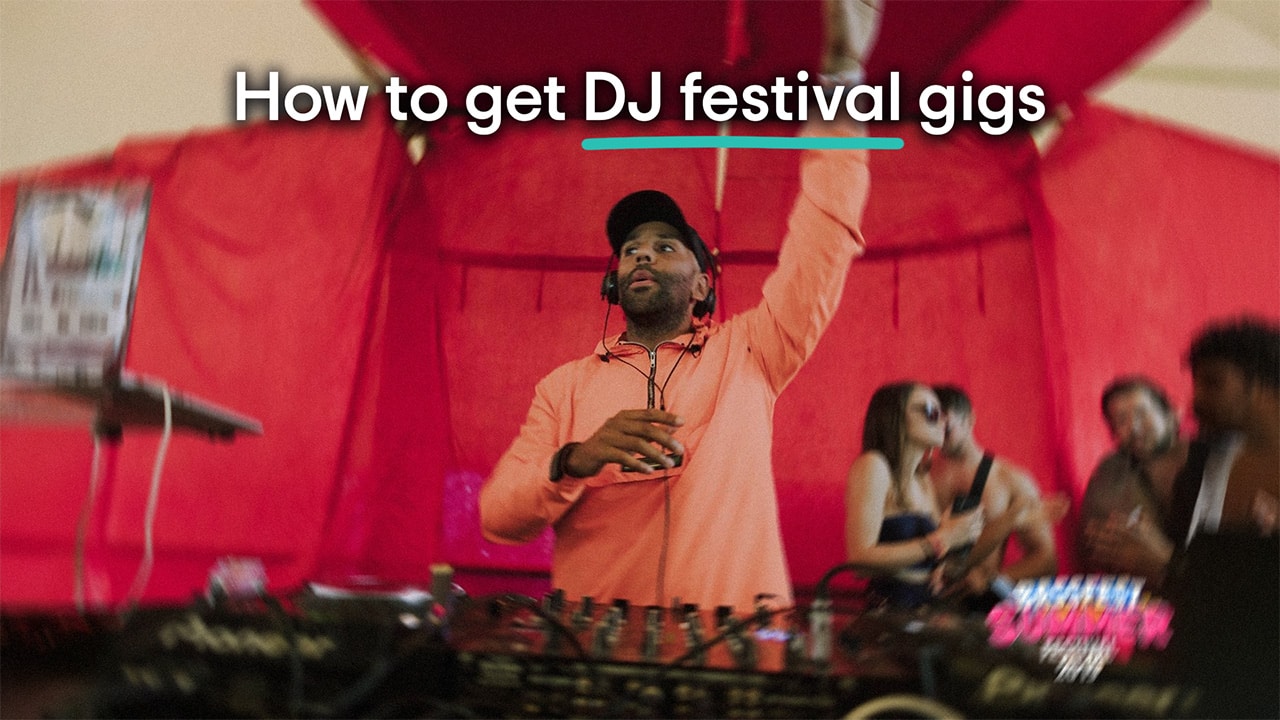
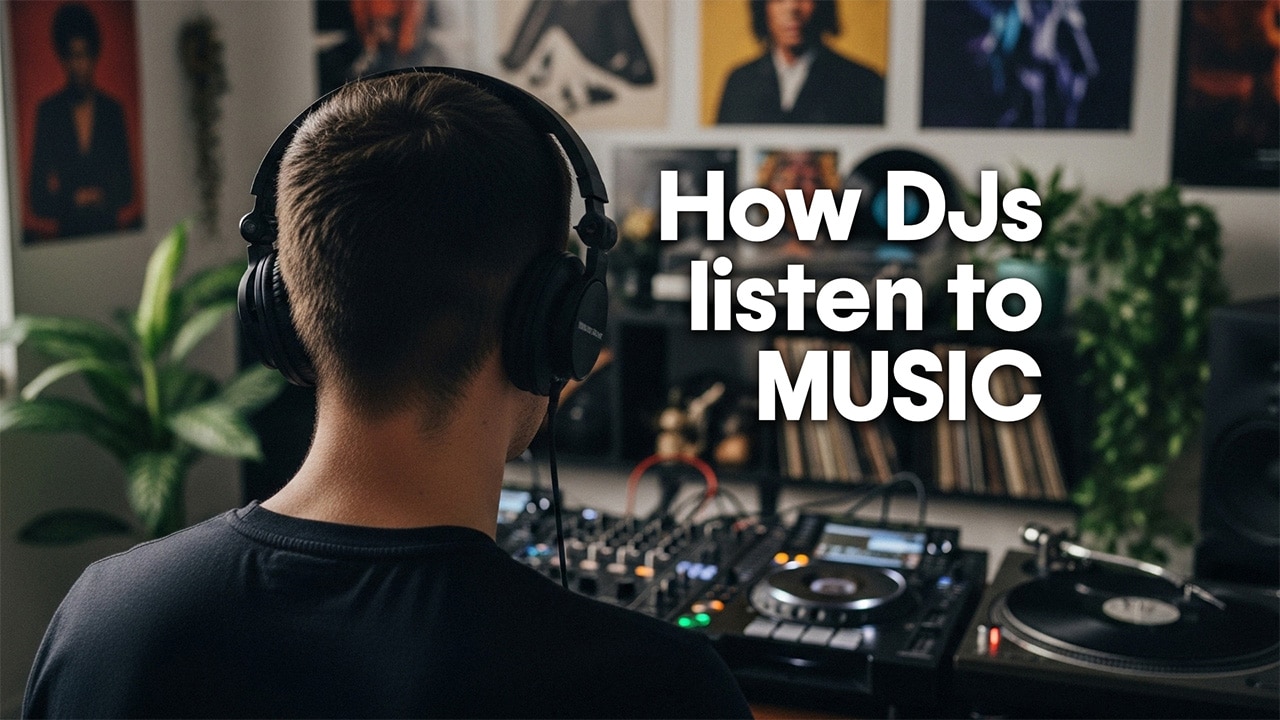
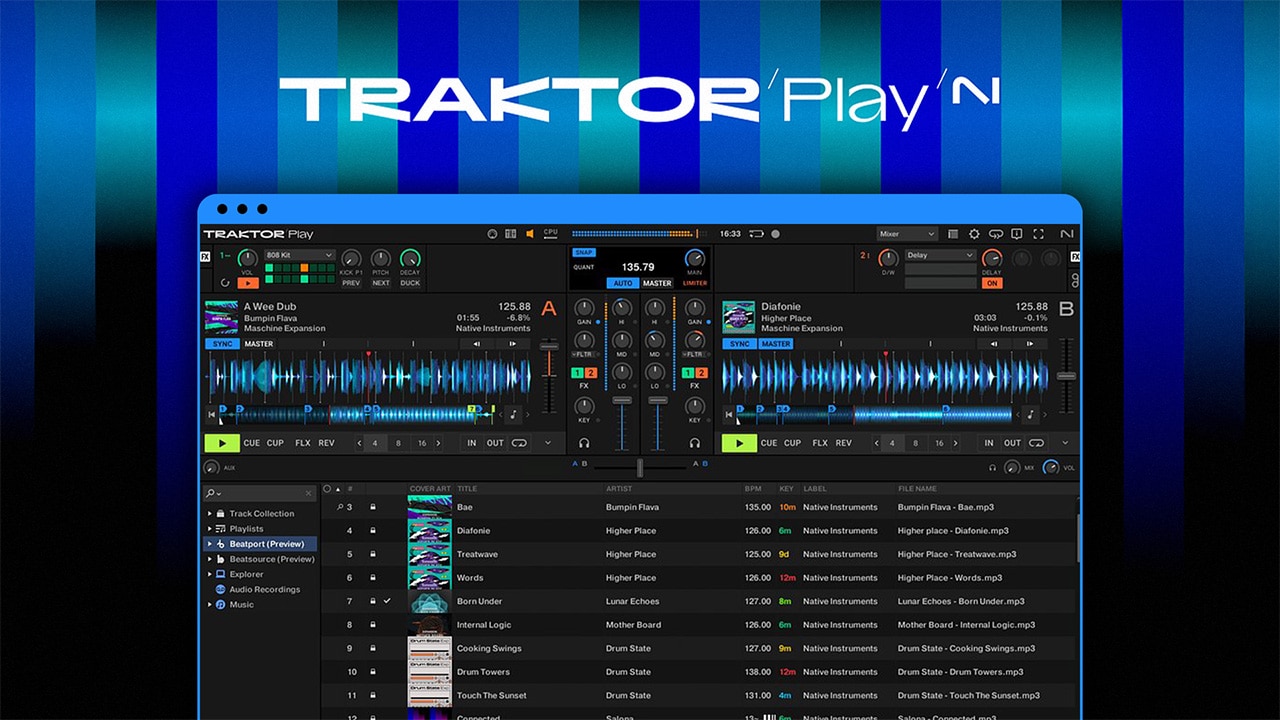
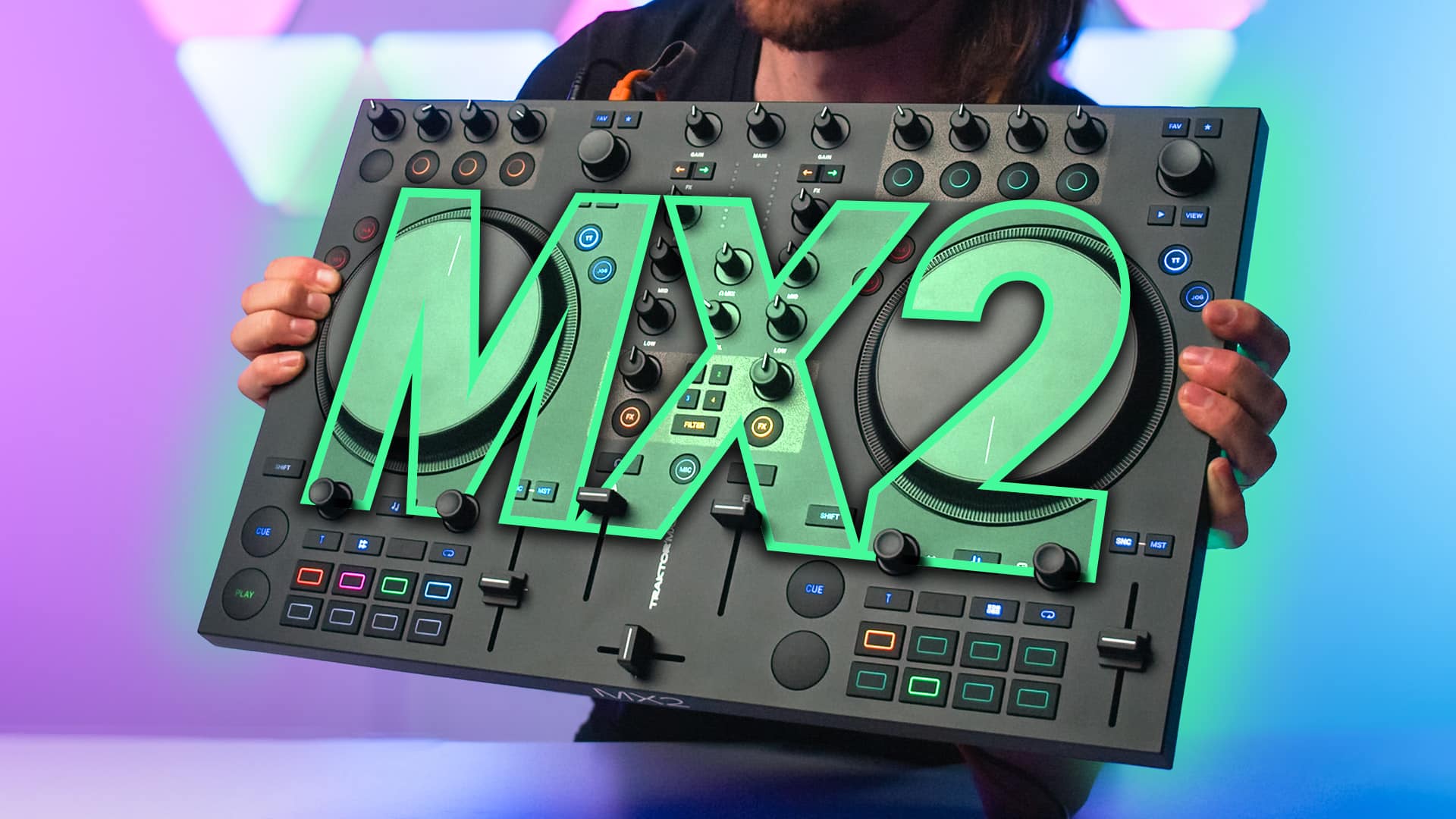
I bought this and used as karaoke system with Shure mic beta 58 . Your review was super helpful and thank you.